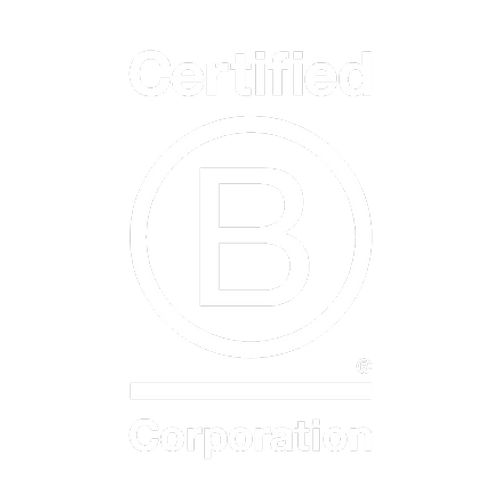Our Manufacturing Processes
As a forward-looking company, we employ the best manufacturing process possible for all of our products.
We consider the shape, material and finish of the design we want to create, then evaluate the best approach with our supply chain partners, mindful of the environmental impact each has.
Finishing Processes
What is powder coating?
Powder coating
What is anodising?
Anodising
What is electroplating?
Electroplating
What is PVD?
PVD
What is wax coating?
Wax coating
What is spray lacquering?
Spray lacquering
Sprayed lacquer is a clear top coating that keeps brass looking shiny and stable in its finish. It seals the raw brass from air and moisture, preventing oxidation and natural patinas occuring. Whilst not permanent, the lacquer coating is resistant to light wear and reduces the need for polishing brass.
The majority of our brass hardware is finished in a clear lacquer glaze, to keep maintenance light and easy for you. Should you need to clean your brass hardware purchased from us, we suggest using warm soapy water and a non-abrasive cloth or gentle brush.
Continual Improvement
We're committed to continual evaluation of our production processes and ask that our supply chain partners are too. To read more about our responsibility goals, check out the below.





